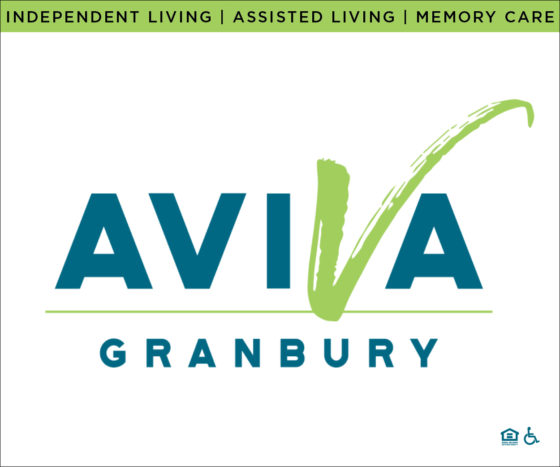By Ken Keller
One magazine article I have read many times for the valuable insight it provides and have passed to prospects and clients is from Inc. Magazine. “Marcus Buckingham Thinks Your Boss Has An Attitude Problem” was published in the summer of 2001.
It’s a crash course in leading people and I believe the article should be required reading for anyone in a position of leadership.
One “ah hah” I had was that within any organization, the employee population can be divided into three categories; people that are engaged (loyal and productive), those not engaged (just putting in time) and those that are actively disengaged (unhappy and spreading discontent). The term “employee” refers to every level of worker, including leaders.
As the leader, assuming you are not disengaged yourself, is to improve the ratio of engaged to actively disengaged, and reduce the number of employees who are not engaged.
It’s a tough challenge, and the work will never be completed. The key is that as the process begins and picks up momentum, the company will see benefits. The engaged people on the payroll are the company’s greatest asset. Unfortunately, those not engaged and those actively disengaged are the company’s largest liability.
How can this be accomplished? How can improvements be made in productivity, focus and business results? It can be done through a system of formal, yet simple, accountability.
It’s a basic system; each person in the company, with their manager, develops a list of not more than five key result areas (KRA) they are responsible for. Each KRA has a numeric or pass/fail monthly goal and at the end of the month, progress is measured towards monthly and annual achievement.
At month end the manager has a one on one session with each subordinate and holds a discussion to review both efforts and results. During this meeting, coaching takes place to determine what help is needed for the employee going forward. Sometimes it is “self help” and sometimes it may be “tough love.”
This type of meeting usually already takes place at a macro level, where the owner reviews actual results to plan for volume, revenue, expenses, costs and other business metrics of significance.
In companies with sales personnel, this system is probably already in use to determine who is achieving goals and who is not.
There are additional benefits to accrue with once this system is in place. The first and most important is that every employee will know what they are responsible for.
No employee will be able to hide behind the excuse that they did not know how they were to spend their time while on the clock.
The second benefit is that this process forces people to either step up, or to step out. It becomes quickly become apparent who is not doing what they need to be doing.
The third benefit is that ownership will quickly realize where there is conflict between key result areas (individual and departments).
Fourth, employees will grow as individuals to achieve KRA. Someone in Accounts Payable may be called on to take new responsibilities in Accounts Receivable. Not having done this work before, they will have to learn new skills and not just take on more tasks.
The most significant benefit is to the company, which is likely to grow as a result of improved internal alignment and focus. The company will also grow because employees are growing and learning and many may become more engaged.
What gets measured gets done. To be sure it gets done, every employee needs to understand that what they are expected to do will be regularly inspected to insure that what is expected, gets done.
Ken Keller is a syndicated business columnist focused on the leadership needs of small and midsize closely held companies. Contact him at [email protected]. Keller’s column reflects his own views and not necessarily those of this media outlet.













